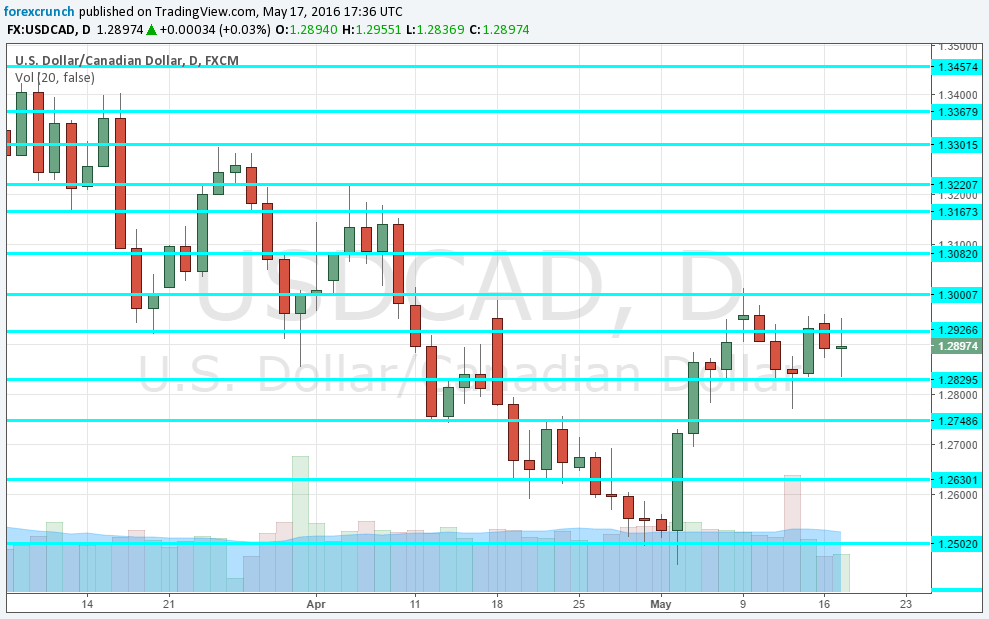The Canadian dollar and oil prices are well correlated and for a clear reason: Canada exports the black gold. Oil 33 is often the leader and the C$ follows. Economic indicators do have their impact on the currency, but when there’s nothing out of Canada, oil is the dominating force.
However, even when various oil contracts lead, the impact on CAD can vary: sometimes a rise in the price of oil results in a big jump in the C$ and sometimes it is only a minor one. And it goes the other way around as well: sometimes a drop in prices is devastating for the loonie and in other occasions it is partially shrugged off.
The reaction to changes in oil prices can be very telling.
Recently, the price of oil is on a roll: at around $48 for WTI Crude Oil, we are witnessing the highest levels in around 6 months. This is backed by some data: inventories surprised with a fall last week and US oil production, the reason for the crash in crude continues shrinking.
And what about the loonie? Well, it is certainly off the highs. USD/CAD currently trades at around 1.29. It already dipped under 1.25 in the not so distant past when oil was actually lower. The recent rise in crude was not really copied by CAD.
Not only Alberta fires
This can partially be explained by the wildfires in Canada. Oil producers enjoy rising oil prices on lower supply, but when this drop in supply comes from home, it cannot be good news. The situation in Alberta is improving, but it will take time to return to full capacity.
But that’s not the only the reason. The Canadian economy is not exclusively dependent on oil prices. Canada has other economic activities and demand from the USA also has an impact. And when the Canadian dollar is weak, exports to the US and to other places are more attractive. The weakness of the Canadian dollar, especially when USD/CAD almost touched 1.47 in January, was a boon for Canada.
This has certainly changed since then thanks to rising oil prices but also due to the fact that the BOC did not rush to cut interest rates back then. A stronger Canadian dollar has resulted in a change of tone from the central bank: Poloz and his team have expressed more concerns about the exchange rate.
The Bank of Canada can continue its warnings or even go further with rate cuts. They have already noted that the lower bound for rate is -0.50%, a negative rate, something already deployed in other parts of the world and a full percentage point below current levels.
So, perhaps markets are wary of the BOC?
In any case, levels to watch are 1.2750, 1.2630 and 1.25 on the downside. On the upside, 1.30, 1.13180 and 1.3310 are eyed.

